I apologize, in advance, for giving an answer that does not directly answer the question, and instead suggests you adopt a different approach... but based in the question and comments, and my own experience with what I believe to be a similar application, it seems like you may be using the the wrong tool for the problem, or at least a tool that is not the optimal choice within the AWS ecosystem.
If your image service was running inside Amazon Lambda, the need for API Gateway would be more apparent. Absent that, I don't see it.
Amazon CloudFront provides fetching of content from a back-end server, caching of content (at over 50 "edge" locations globally), no charge for the storage of cached content, and you can configure up to 100 distinct hostnames pointing to a single Cloudfront distribution, in addition to the default xxxxxxxx.cloudfront.net hostname. It also supports SSL. This seems like what you are trying to do, and then some.
I use it, quite successfully for exactly the scenario you describe: "a proxy in front of an image service." Exactly what my image service and your image service do may be different (mine is a resizer that can look up the source URL of missing/never before requested images, fetch, and resize) but fundamentally it seems like we're accomplishing a similar purpose.
Curiously, the pricing structure of CloudFront in some regions (such as us-east-1 and us-west-2) is such that it's not only cost-effective, but in fact using CloudFront can be almost $0.005 cheaper than not using it per gigabyte downloaded.
In my case, in addition to the back-end image service, I also have an S3 bucket with a single file in it, attached to a single path in the CloudFront distribution (as a second "custom origin"), for the sole purpose of serving up /robots.txt, to control direct access to my images by well-behaved crawlers. This allows the robots.txt file to be managed separately from the image service itself.
If this doesn't seem to address your need, feel free to comment and I will clarify or withdraw this answer.

